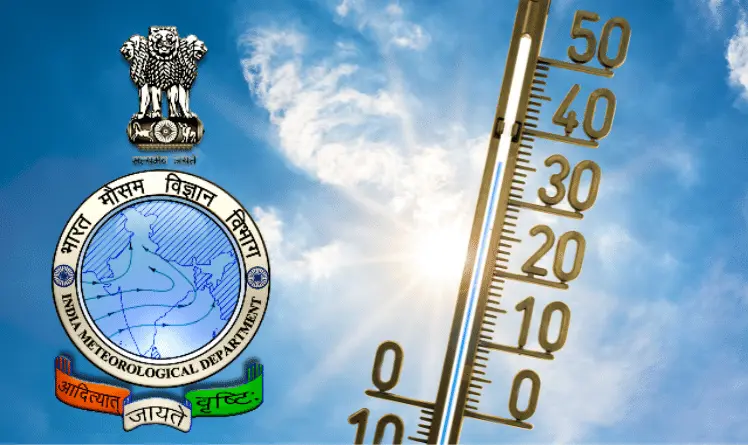The Indian Meterological Department’s accuracy has improved over 40% in the last decade but still it faces numerous drawbacks . Discuss the challenges and opportunities for IMD in its upcoming days?
The Indian Meteorological Department (IMD) has made significant strides in improving its forecasting accuracy, with a notable 40% enhancement over the last decade. Despite this progress, the IMD still grapples with various challenges that impede its effectiveness. This answer will delve into the challenges and opportunities that lie ahead for the IMD.
Challenges:
I. Limited Observation Network
The IMD’s observation network, comprising surface weather stations, radar, and satellite systems, remains inadequate, particularly in remote and mountainous regions. This limitation hinders the accuracy of forecasts, especially for localized weather events.
II. Insufficient Use of Advanced Technologies
While the IMD has made efforts to adopt modern technologies, such as Doppler radar and satellite imaging, the department still relies heavily on traditional methods. The integration of cutting-edge technologies, like artificial intelligence and machine learning, could significantly enhance forecasting capabilities.
III. Inadequate Human Resources and Training
The IMD faces a shortage of skilled personnel, particularly in specialized areas like radar meteorology and numerical weather prediction. Providing regular training and capacity-building programs for employees could help bridge this gap.
IV. Limited Public Awareness and Outreach
Despite the IMD’s efforts to disseminate weather information, there is a need for more effective public awareness and outreach programs. This could include leveraging social media, mobile apps, and other digital platforms to convey critical weather information to the public.
Opportunities:
I. Integration with Global Weather Forecasting Systems
The IMD can explore opportunities for collaboration with international weather forecasting agencies, such as the European Centre for Medium-Range Weather Forecasts (ECMWF) and the National Centers for Environmental Prediction (NCEP). This could facilitate the sharing of best practices, models, and data, ultimately enhancing the accuracy of forecasts.
II. Leveraging Emerging Technologies
The IMD can capitalize on emerging technologies, such as the Internet of Things (IoT), blockchain, and artificial intelligence, to improve weather forecasting and dissemination. For instance, IoT sensors can provide real-time weather data, while AI-powered models can enhance forecast accuracy.
III. Enhancing Public-Private Partnerships
The IMD can foster partnerships with private weather forecasting companies, research institutions, and academia to leverage their expertise, resources, and innovative approaches. This collaboration could lead to the development of more accurate and localized weather forecasting models.
IV. Strengthening Disaster Risk Reduction and Management
The IMD can play a critical role in strengthening disaster risk reduction and management efforts by providing accurate and timely weather forecasts. This can help minimize the impact of extreme weather events, such as cyclones, floods, and heatwaves, on communities and economies.
While the IMD has made significant progress in improving its forecasting accuracy, the department still faces numerous challenges. By addressing these challenges and capitalizing on emerging opportunities, the IMD can further enhance its capabilities, ultimately contributing to the safety and well-being of communities across India.
Source-

